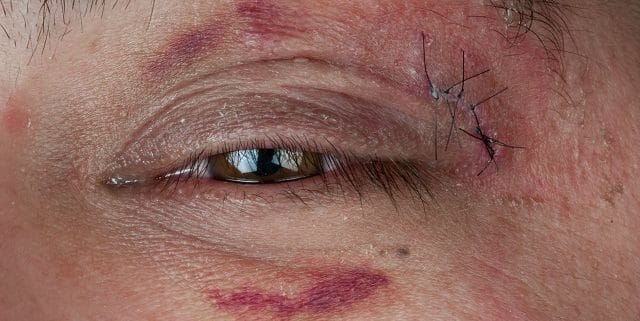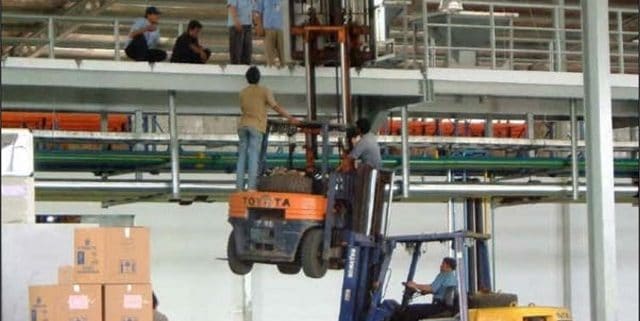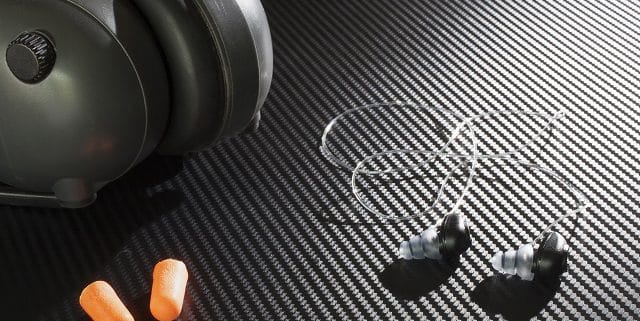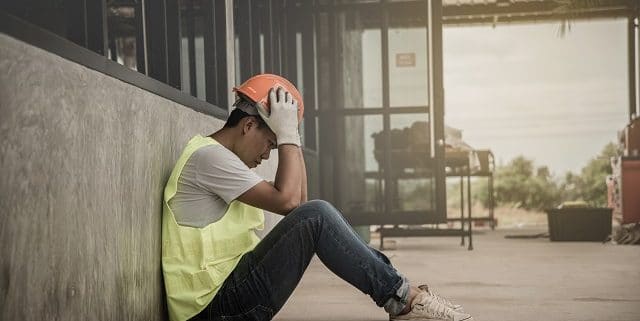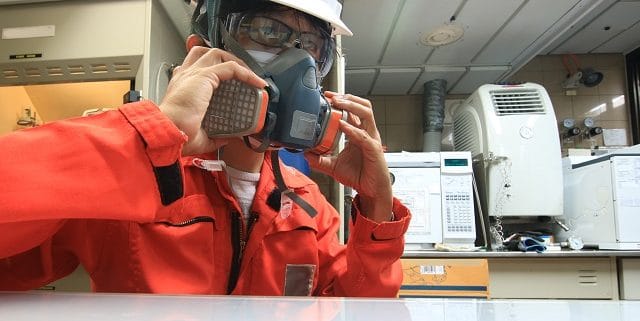Extension Cord Safety
The first thing that comes to mind when I think of extension cord safety is Clark Griswold from Christmas vacation. You know the Christmas light scene, where he has probably 3000 Watts running through a single 16 gauge cord with a power bar plugged into another power bar. As funny as that scene was, it’s a movie. In real life while working on site, that kind of negligence would be shocking to see. Here are some pointers to keep you safe.
Always use a cord rated for the job you’re doing, make sure the cord gauge of the extension cord is the same size or larger than what you’re plugging into it. Check the rating. Never jam a three prong plug into a two prong extension cord. Never remove the ground prong. Always inspect a cord before use, if there is any damage, replace the plug with a new one or tag out the whole cord if needed. Always remove by holding the plug, not the cord. Keep out of stairways and high traffic areas. Use drop covers or pull them overhead. Keep away from anything that can expose the wiring, such as welding and grinding.
No matter if you’re pulling cords to the high line to do some cutting or you’re decorating your house for Christmas, make sure you exercise safe extension cord use. The alternative could be jolting.



